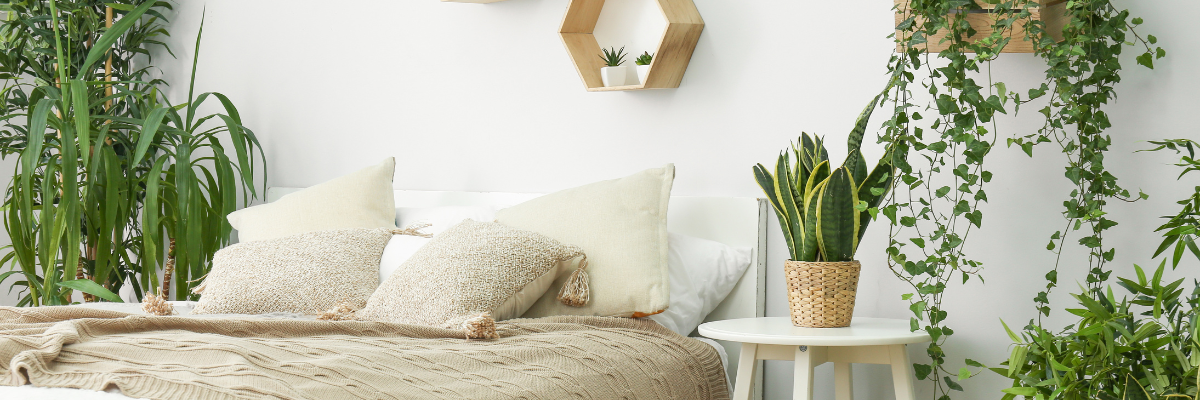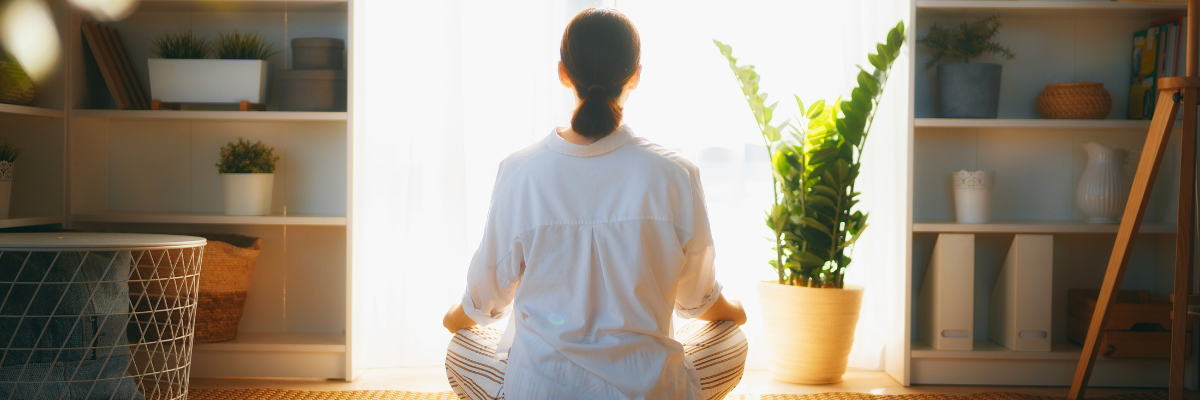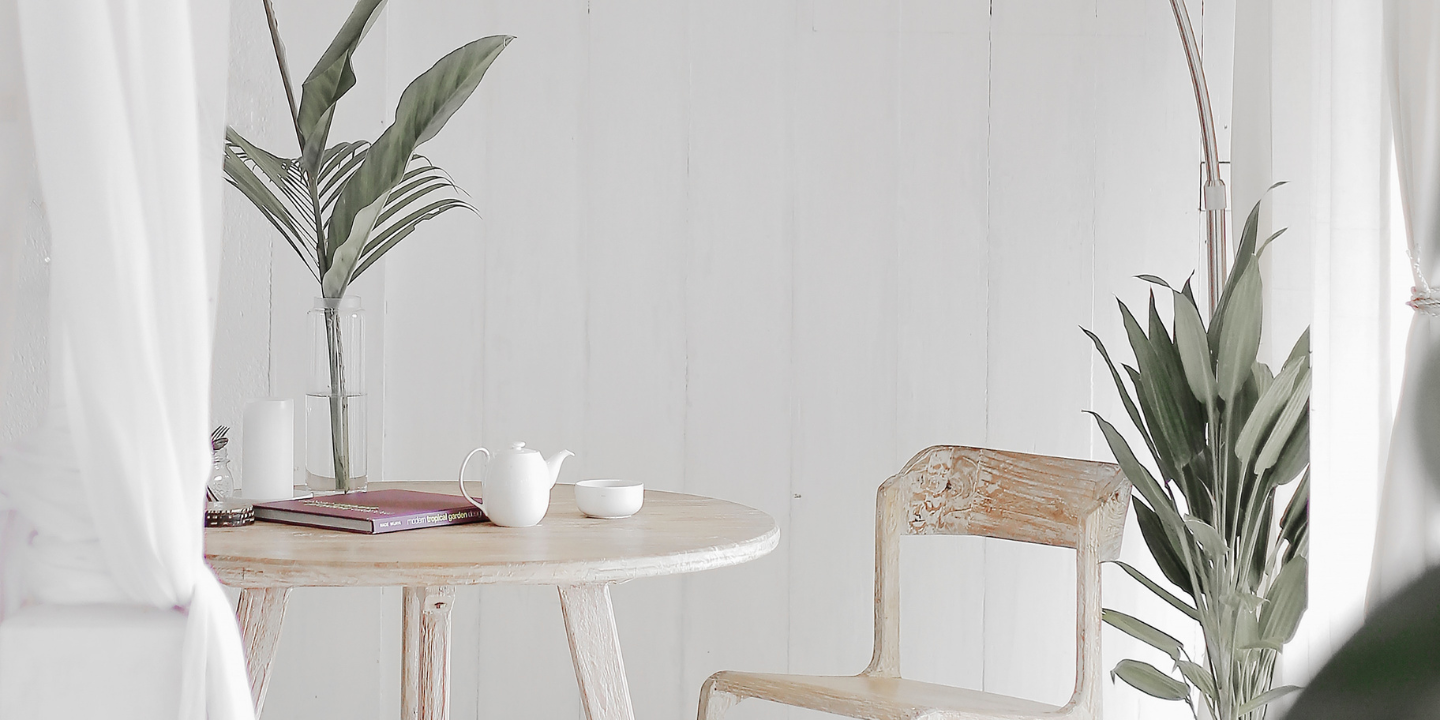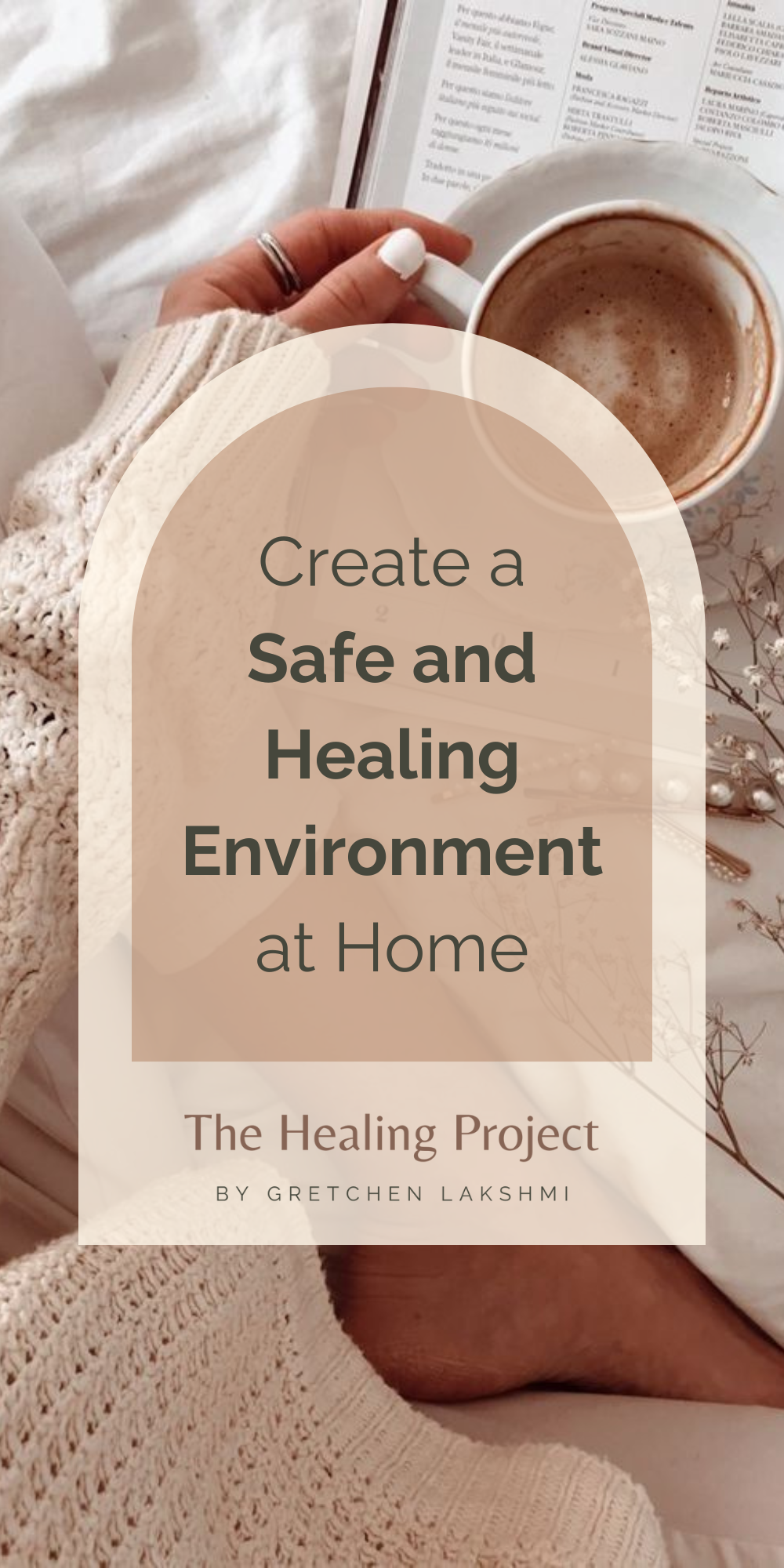Create a Safe and Healing Environment at Home
Transform your living space into a sanctuary of safety and healing.
For survivors of trauma, the environment we inhabit can deeply influence our mental and emotional well-being. I cannot tell you how many times I have encouraged survivors to create a sanctuary at home, and it has been life-altering for the ones that do. Creating a home that fosters recovery and emotional stability is an important step towards healing, and this guide is here to help you create that for yourself.

The Need for a Safe Space
A "safe space" is more than just a physical location; it’s a place where you feel secure, at peace, and able to relax; where your body can easily activate the
parasympathetic nervous system (PSNS) and restore your natural internal healing processes.
For trauma survivors, having a supportive environment can significantly enhance the healing process. By taking control of your surroundings and making intentional changes, you can create a space that supports your recovery and fosters a sense of empowerment.
Need help escaping abuse?
Underground Moves
works to get survivors into safety.
Make Your Living Space a Sanctuary
1. Declutter and Organize
Clutter can contribute to feelings of chaos and stress. By decluttering and organizing your space, you create an environment that feels calm and orderly. Start with one area at a time, and consider donating or discarding items you no longer need; let go of anything that holds uncomfortable feelings or bad memories.
Consider storage solutions to keep things tidy and easily accessible. But, don't worry so much about making it perfect or feeling like you have to do it all at once, focus on what your own personal needs and preferences are in your home.

2. Add Calming Elements
Colors and lighting play a crucial role in influencing our mood. Opt for calming colors like blues, greens, and neutrals. Use soft lighting such as lamps or string lights instead of harsh overhead lights. Natural elements like plants not only beautify your space but also purify the air and promote tranquility.
3. Create a Cozy and Comfortable Atmosphere
Comfort is key to a healing environment. Invest in comfortable furniture, cozy blankets, and soft pillows - really attune to your senses and bring in things that make you feel good. Create a dedicated relaxation area with a comfortable chair, a soft rug, and your favorite books. This space can be your go-to spot for unwinding and finding peace.

4. Incorporate Personal Touches
Personal touches make a space feel uniquely yours. Add photos, artwork, or mementos that bring joy and comfort. When you surround yourself with items that reflect your personality and preferences, it can enhance your sense of belonging and happiness.
5. Use Aromatherapy and Soothing Scents
Aromatherapy can be a powerful tool for relaxation and stress relief. Use essential oils, scented candles, or incense with calming scents like lavender, chamomile, and sandalwood. These scents can help create a soothing atmosphere and promote emotional well-being.
Learn which scents align each of your energy centers with these enlightening Chakra Info Sheets

6. Create a Quiet Space for Reflection and Mindfulness
Having a quiet, private area for reflection, meditation, or mindfulness practices is essential. Even in small homes or apartments, you can create such a space with thoughtful arrangement and minimal distractions. This area can serve as your personal retreat for relaxation and self-discovery.
Related Post: Sacred Spaces for Spiritual Practices
Boundaries and Personal Space
Setting boundaries is crucial to maintaining a safe and healing environment. Communicate and enforce personal boundaries with family members or roommates to ensure your space remains a sanctuary. Strategies like designated quiet times or creating areas where interruptions are minimized can help you maintain personal space and peace.

The Role of Routine and Rituals
Routines and rituals provide a sense of stability and predictability, which is especially comforting for trauma survivors. Establish simple daily rituals that promote healing, like morning stretches, evening relaxation routines, or regular journaling. Integrate self-care practices into your daily routines to support your emotional well-being.
Related Post:
Healing Rituals for Trauma Survivors
Creating a safe and healing environment at home is a journey of personal empowerment and recovery. By making intentional changes and personalizing your space to meet your needs, you can foster an environment that supports your healing journey. Remember, even minor changes can have a significant impact on your well-being. You deserve a safe and nurturing space, and with each step you take, you are creating a sanctuary for your recovery.
Wishing you safety and comfort,
Gretchen
SOMATIC TRAUMA SPECIALIST + ENERGETIC INTUITIVE








